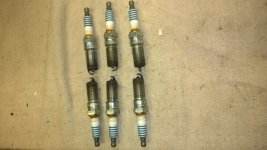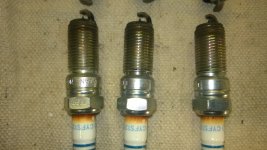Some diesels have exhibited the issue, as noted; but still, why should you be comparing an unthrottled compression ignition system to a gasoline engine, and an engine often run at high load with one with an easy life 99% of the time? What happens with the large diesels is that they are typically run under load; they are working engines, they don't build up residual water. Many don't dump crankcase condensate into the intercooler at all (but soon the EPA will have all diesels regulated, including older ones, I'm sure). With our EB powered vehicles (I have a Ford Flex with 3.5 EB), they are run at very low throttle openings for long periods of time, as we don't need 365 to 450 hp all the time. In humid weather, water will condense in the intercoolers. Add this to the goo from the crankcase breather, and then stomp on the throttle, and you may ingest this in quantities that can cause stumbling— or occasional grenading, if the amount ingested doesn't leave room for compression. That tiny weep hole that folks are drilling represents a fraction of a percent of turbo output. I'm considering putting an "over/under" valve on mine, that dumps between, say, 2 and 5 psi, and is otherwise closed. A catch can will only keep out the crankcase goo, but not the water.

